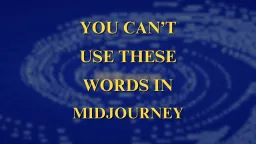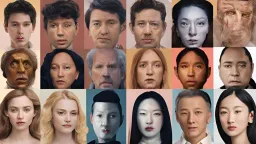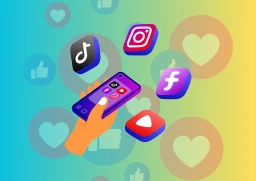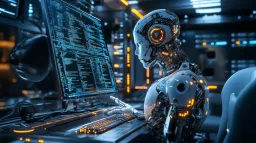How the fusion of AI and NFT is going to change the future?

Artificial Intelligence (AI) is one of the most disruptive and transformative technologies in recent years.It is still transforming a wide range of industries and sectors. NFT on the other hand is a game-changing asset that has changed the way we look at the digital world, such as art, music,sports, events and such. Now imagine fusing both these two disruptors and creating something new, which will revolutionize the way we move forward in this digital world.
From generative art to token authentication, from AI-powered pricing to content creation, this amalgamation holds tremendous potential to reshape industries across the board.
Use cases of AI NFT
- Generative Art and AI art (NFTs)
- NFT as Digital Collectibles
- NFT Token Authentication: Ensuring Ownership and Provenance
- Ai-driven Pricing
- AI-powered Marketplaces
- AI-generated Music and Sounds
- AI-powered Gaming NFTs
- AI-driven Content Creation
1. Generative Art and AI art (NFTs)

Generative art and AI art are two fascinating aspects of the NFT world that have been revolutionizing the way we perceive and experience digital creativity. By combining artificial intelligence algorithms with blockchain technology, artists can now create unique and ever-evolving works of art.
Generative art refers to artwork that is created using a set of rules or parameters, allowing for infinite variations within a defined system. With the help of AI, artists can generate complex and intricate designs. This fusion opens up new possibilities for artistic expression, pushing boundaries and challenging traditional notions of creativity.
AI art takes generative art one step further by leveraging machine learning algorithms to analyze data patterns, learn from them, and produce artworks autonomously. These AI-generated pieces often exhibit a level of intricacy and complexity that surpasses human capabilities.
The beauty of generative art and AI art lies in their ability to constantly evolve and adapt. Unlike traditional static artworks, these can grow over time as new patterns emerge or as they interact with external stimuli. This dynamic nature adds an element of surprise and uniqueness to each piece.
Moreover, generative art powered by AI has also given rise to collaborative efforts between humans and machines. Artists can input their creative vision into an algorithmic system which then generates multiple iterations based on their preferences.
Read more on AI generated art vs AI art
2. NFT as Digital Collectibles
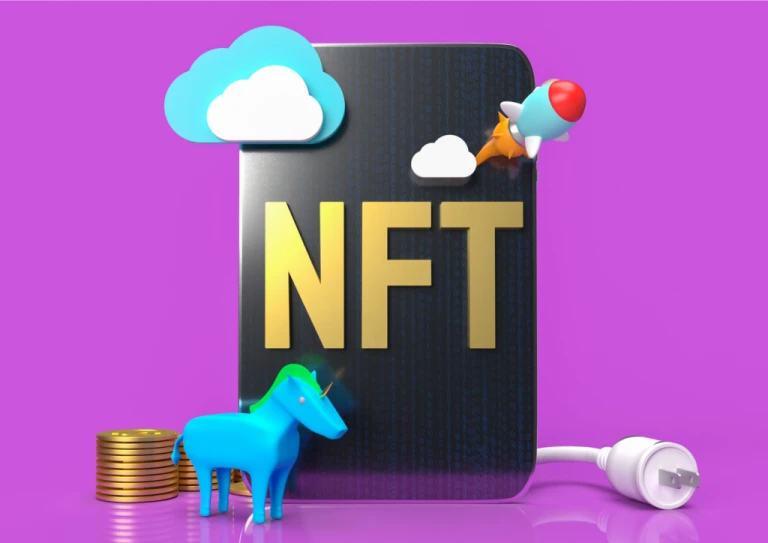
NFTs have revolutionized the concept of digital collectibles, allowing individuals to own unique and verifiable pieces of digital art, music, videos, and more. With the integration of AI technology, these digital collectibles are becoming even more interactive and captivating.
One exciting application of AI in NFTs is the creation of generative art. Artists can now use algorithms to generate unique variations of their artwork automatically. Each variant can be minted as an NFT, giving collectors a chance to own a one-of-a-kind piece that evolves over time.
The fusion between AI technology and NFTs are shaping the future of collectibles in astounding ways.
Everyday,new possibilities are unveiled as digital art intersects with intelligent algorithms.
The potential for innovation and creativity seems boundless.
3. NFT Token Authentication: Ensuring Ownership and Provenance

In the world of digital art, one of the biggest challenges has always been proving ownership and authenticity. This is where NFT token authentication steps in to revolutionize the game.
In a traditional system, provenance can be traced through a chain of custody. However, in the digital realm, it’s much more complex. That’s why NFTs are a game-changer. They provide a unique cryptographic token that verifies the authenticity and ownership of a particular piece of artwork or content.
Using blockchain technology, each NFT is assigned a specific identifier that cannot be duplicated or tampered with. This verification process ensures that artists have full control over their creations and collectors know they are purchasing an original piece.
By leveraging AI algorithms for token authentication, we can enhance this process even further. AI-powered algorithms can analyze metadata associated with an NFT to verify its origin, track any modifications made to it over time, and ensure its integrity.
Additionally, AI-driven authentication systems can detect any attempts at fraud or unauthorized duplication by comparing patterns within the artwork itself or cross-referencing against known databases.
NFT token authentication powered by AI brings trust and accountability to the world of digital assets like never before. It provides both creators and collectors with peace of mind knowing that their investments are secure and authentic. With this fusion between AI and NFTs on the horizon, we’re set to witness unprecedented levels of transparency in online transactions involving digital artworks and collectibles.
Read on NFT token-gating
4. AI-driven Pricing
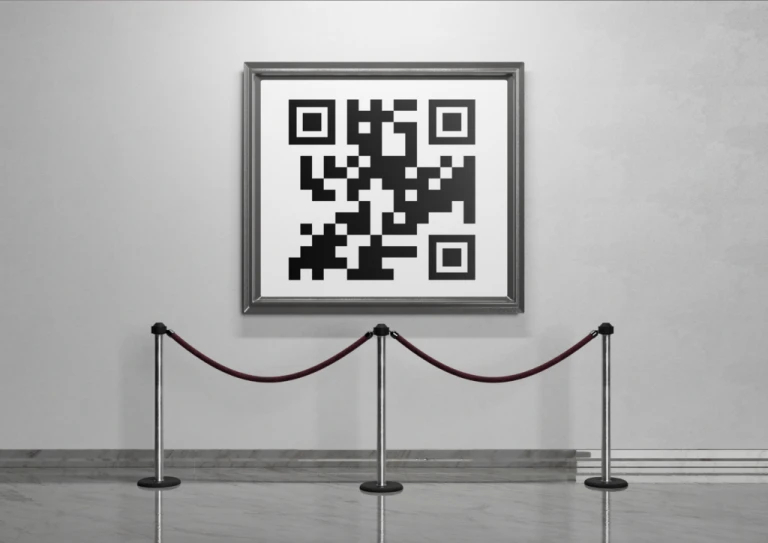
One of the most fascinating use cases of AI and NFT fusion is AI-driven pricing. Traditionally, determining the value and price of an artwork or collectible has been a subjective process. It often involves experts, market research, and personal opinions.
But with the integration of AI technology, pricing becomes more objective and data-driven. Using machine learning algorithms, AI can analyze various factors such as historical sales data, artist reputation, scarcity, demand trends, and even social media sentiment to determine a fair price for an NFT.
This approach not only provides transparency but also reduces the risk of overpricing or undervaluing an NFT. Additionally, it helps artists receive fair compensation for their work while ensuring collectors make informed purchasing decisions.
Moreover, by leveraging AI-powered pricing models in NFT marketplaces or platforms like OpenSea or Rarible, buyers can have confidence in their investments. They can trust that they are paying a reasonable price based on real-time market conditions rather than relying solely on speculative trends.
AI-driven pricing revolutionizes how we perceive the value of digital assets. By incorporating data analytics and machine learning algorithms into the process, it brings objectivity and efficiency to determine fair prices for NFTs. As this technology continues to evolve and improve its accuracy over time,
It will play a significant role in shaping the future of digital art markets.
5. AI-Powered Marketplaces
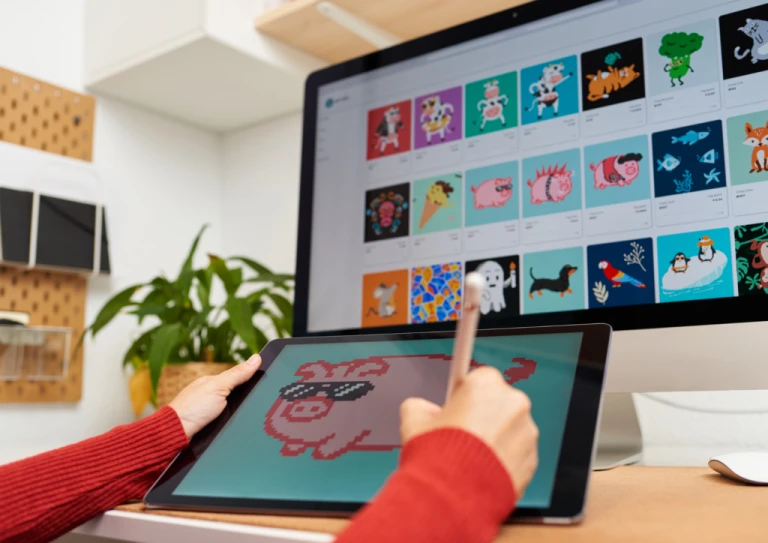
AI-powered NFT marketplaces are revolutionizing the way digital assets are bought and sold. These platforms utilize artificial intelligence algorithms to enhance the user experience, improve discoverability, and streamline transactions.
One of the key advantages of AI-powered NFT marketplaces is their ability to curate personalized recommendations for users. By analyzing user preferences, browsing history, and transaction data, these platforms can suggest relevant artworks or collectibles that align with individual tastes. This not only enhances the overall browsing experience but also helps creators gain more visibility for their work.
6. AI-generated Music and Sounds

The fusion of AI and NFTs has opened up new possibilities in the realm of music and sound. With AI-generated music and sound NFTs, artists can create unique compositions that are truly one-of-a-kind.
By harnessing the power of artificial intelligence, musicians can experiment with different styles, genres, and sounds to produce innovative pieces. AI algorithms can analyze existing musical patterns and generate new compositions based on those patterns, resulting in a fresh take on traditional music composition.
Furthermore, AI-driven sound NFTs allow for the creation of immersive auditory experiences. Whether it’s capturing natural sounds from specific locations or generating futuristic soundscapes, AI technology enables artists to craft audio art that transports listeners to different worlds.
These AI-generated music and sound NFTs not only provide a platform for artists to showcase their unique creations but also offer a new way for fans to engage with their favorite musicians. Collectors can acquire these digital assets as rare collectibles or even invest in them as potential future hits.
As AI continues to advance and evolve, we can expect even more groundbreaking developments in the field of music and sound NFTs. From personalized playlists generated by machine learning algorithms to interactive audiovisual experiences powered by virtual reality technology – the possibilities are limitless.
7. AI-powered Gaming NFTs
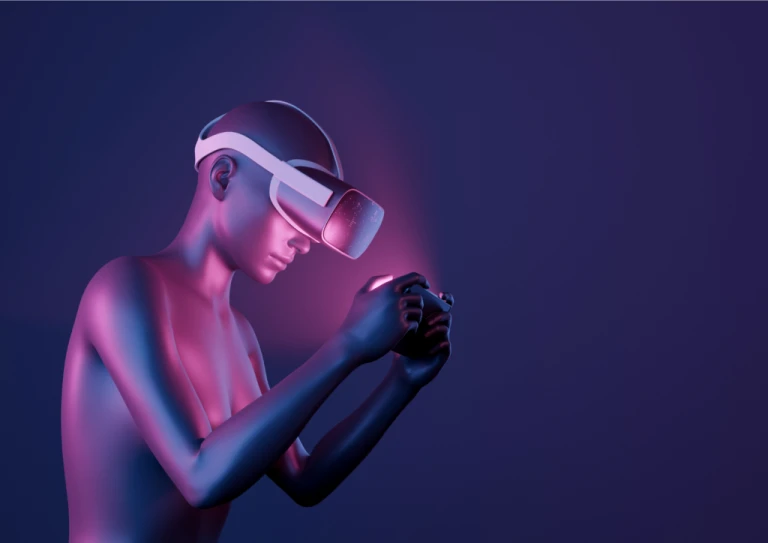
AI-powered gaming NFTs are revolutionizing the gaming industry by integrating artificial intelligence technology with non-fungible tokens. These unique digital assets take gaming to a whole new level, offering players enhanced experiences and opportunities for ownership.
One exciting application of AI-powered gaming NFTs is in the creation of personalized game characters. Using AI algorithms, players can design and customize their own unique avatars that reflect their individual style and preferences. Gone are the days of generic character models – now, gamers can truly become part of the virtual world they inhabit!
Furthermore, AI-powered gaming NFTs have opened up avenues for true item ownership within virtual worlds. Players can acquire rare and valuable in-game items as NFTs, giving them full control over their digital possessions. This not only adds value to the items themselves but also creates a thriving secondary market where players can buy, sell, and trade these virtual assets.
As technology continues to advance, we can expect even more groundbreaking applications at this exciting intersection between AI and NFT.
8. AI-driven Content Creation
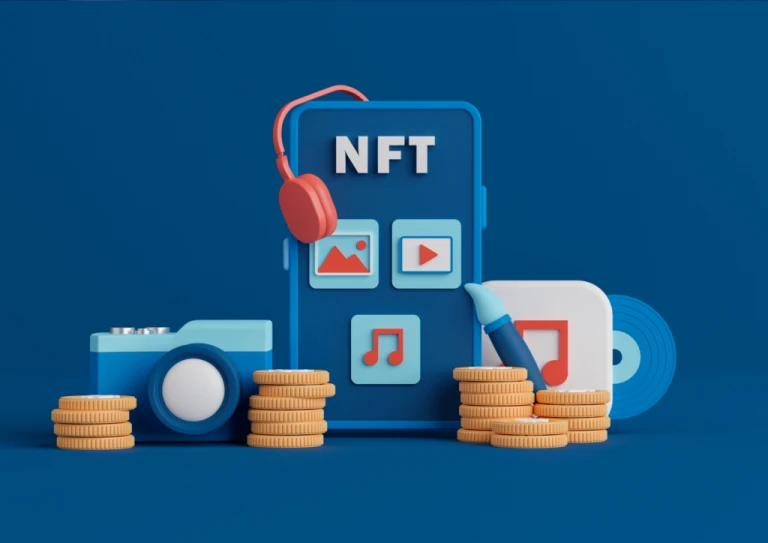
The fusion of AI and NFT technology is paving the way for revolutionary advancements in content creation. With AI algorithms becoming increasingly sophisticated, creators now have powerful tools at their disposal to generate unique and compelling content.
One area where AI-driven content creation is making waves is in the field of writing. Natural Language Processing (NLP) models are being used to generate articles, blog posts, and even creative fiction pieces.
Similarly, visual artists are harnessing the power of AI algorithms to create stunning digital artworks. By training machine learning models on vast datasets, artists can produce remarkable pieces. These AI-generated artworks can then be tokenized as NFTs, allowing collectors to own truly unique digital masterpieces.
Furthermore, musicians are embracing AI technology to compose original scores and melodies. With deep learning techniques enabling computers to understand complex musical patterns, composers can collaborate with intelligent algorithms that suggest harmonies and rhythms that transcend human capabilities.
In addition to these creative endeavors, AI-driven content creation also extends its reach into other forms of media production such as video editing and graphic design. Through automation processes powered by machine learning algorithms, tedious tasks like video cropping or image retouching can be streamlined – freeing up precious time for creatives while maintaining high-quality output.
Conclusion
The fusion of Artificial Intelligence (AI) and Non-Fungible Tokens (NFTs) is set to revolutionize the future of various industries. The use cases for AI NFTs are vast and diverse, offering exciting opportunities for creators, collectors, musicians, gamers, and content creators.


